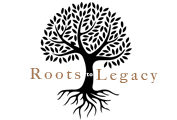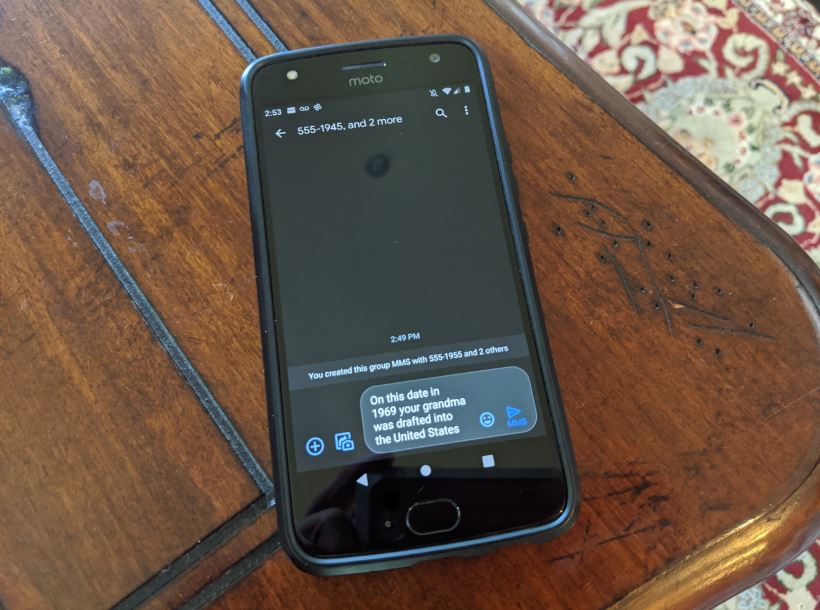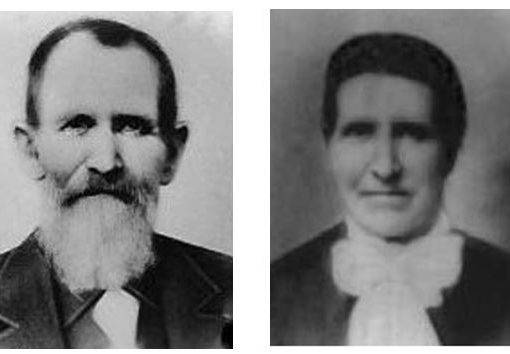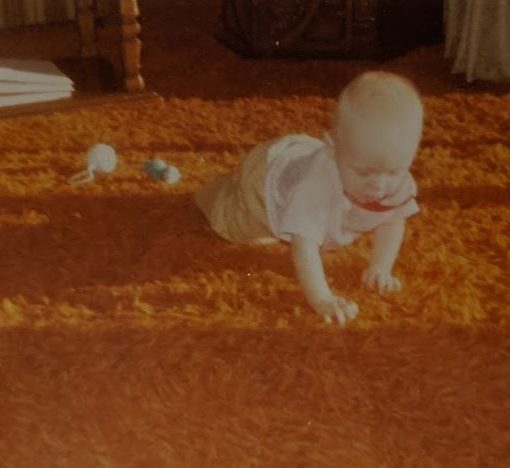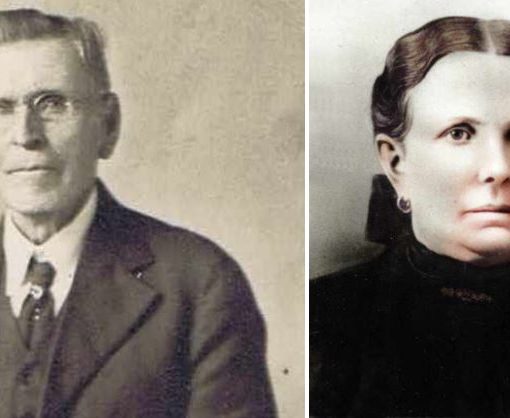When you first read the title of this article you probably thought it sounded a bit ridiculous. Apparently it was ridiculous enough to get you to click on it, or you saw the potential of such a practice. Either way, I’m glad you decided to come see what this article is all about. A huge part of what I try to accomplish with Roots to Legacy is to help people not only know their roots, but to do something with the knowledge they gain. To me, knowing your family history is great, but doing something with that knowledge is so much more important. Ultimately, I want people to use their knowledge of their family history to shape the legacy they create.
In order to truly shape a lasting legacy, it is important that you are not the only one who knows your family history. It is important that your whole family, especially the next generations, know your family’s history so it can also shape the legacies they create. You probably know, it can sometimes be very difficult to get your family, especially teenagers, to be interested in their family history. Black and white photos in a shoebox, soundless 8mm videos from the 50’s, and long stories about life on the frontier don’t always capture everyone’s attention. It has been even more difficult when you can’t get anyone off their phone for more than 30 seconds. Like anything in life, when there are challenges to a goal, you have to get creative and adapt the strategy for the environmental factors standing in your way. Using text messages to share your family history might be one such strategy to expose your family, including teenagers to their roots.
Every family has a running group text that every member of the family is on. These streams are usually filled with messages coordinating the family outing, requests for plumber recommendations, or praise for your teenager’s surprisingly good report card. This is a great tool we all use to keep the family connected and aware of what is going on. Often a family will have multiple groups like this, one for the immediate family, another for local siblings, and another for extended families with grandma, grandpa, and all the cousins. Your family group chat can be a great tool to share your family history and teach your family the story of their roots.
Your family group chat can be a great tool to share your family history and teach your family the story of their roots.
Before I explain how to use text messages to share your family history, I want to make one important point; your family history is not just about ancestors from long ago, it is anything that tells your family’s story, from long ago, or just last week. You need to determine what narrative you are trying to tell to contribute to building the legacy you desire. Yes, share the stories of your great-great grandparents, but don’t just stick to that. Also tell the stories of how you met your spouse, how you felt when your child was born, or that time your daughter worked really hard and made the very competitive volleyball team. Use stories that shapes the narrative of your legacy, brings your family closer together, and makes them feel they are a part of something special.
So, how do you share your family history through text message? It is actually pretty simple, you send out short messages to your family about their roots. It has to be done in the right way though. You aren’t doing this just to do it, you are doing it to communicate an ongoing narrative, you are doing it to build your legacy and further the legacy of your family.
Here are some strategies to make sharing your family history through text message a success.
First think about the family narrative you are trying to share. What qualities, principles, and actions do you want your family narrative to teach and reinforce? What legacy do you want to leave? What family history stories are going to add to the narrative and build your legacy? Ask yourself these questions and figure out the answers. The answers to questions like these will help you know what stories and events to find and share.
Once you know the narrative you want to tell, and how that narrative can help shape the legacy you are building, start compiling the stories, people, and events that you want to share. Make a list of them and figure out what you want to share about them. You’ll need to really think about what you want to share. You want to share it in a way that will be engaging and succinct. You want to write your messages in a way that will leave the readers wanting more. If the readers are going to have to scroll, you want to trim it down. Just give them something they can quickly digest in 15 seconds or less. Give them stuff that will inform them and that will stay on their mind. You want these messages to turn into conversations later.
Here are some examples of the types of messages you could come up with:
- Ancestor Birth and Death Dates: Don’t just say their name, explain a little about them so your family can feel they get to know them and want to learn more.
- Ancestor Immigration dates: Explain where they came from and why they left.
- Family Accomplishments: Things like when you bought your first house, your daughter won the spelling bee, or your son learned to swim. Tell about the effort that went into the accomplishment.
- Funny Memories: Remind the family about that time your wife caught that foul ball with her soda cup.
- Family Wisdom: Share lessons learned from your life experiences or experiences of your ancestors.
- Share an old family photo and mention what it means to you.
All the stories you share don’t have to be positive either. If there are some difficult things from your family history that you feel your family can handle confronting then it might be a good idea to share. The past isn’t all roses, there are often many thorns and if confronting those thorns will help you create a better legacy going forward it might be something you want to do, just do it in the right way.
You need to decide how often you want to share these family history nuggets. For example, if you want to share about one a week, then come up with 50. There are a few different approaches you can take. You could take the calendar approach and share stories on anniversaries of events and such. You could also simply plan out the year and decide who and what you want to spotlight throughout the year with no regard to the dates tied to those stories. You could also designate a day of the week or a date of the month that you share a family history message with the family. I personally like the hybrid approach. For those events that are closely tied to a date on the calendar such as birthdays, death dates, anniversaries, etc. share those things on the date they occurred. But for those things that are not necessarily tied to a date on the calendar such as an accomplishment of an ancestor or a piece of wisdom you gained from your grandma, make a plan to share them whenever you feel it makes sense. I like the idea of having a day every week set to share your message. For example, it could go out every Friday at noon. You could call it Family History Friday or some other goofy name you come up with.
The whole goal of this venture is to shape a family narrative that is constantly reinforced with these quick snapshots from the past. The ultimate goal is to get your family’s roots on everyone’s mind so it can lead to deeper conversations later. The hope is that a few days after sharing some story, your child will come to you and ask to know more about that person or experience. These types of conversations can grow into ongoing discussions about lessons learned and the legacy your family has and is furthering. Your family are already on their phones, it is the best place to reach them. Compiling your list and writing out the messages you want to share might take an hour a month or so to get them all prepared, but the effort will pay off. It will help your family learn about their roots, bring you all closer together, create deeper conversations, and shape the legacy you are creating. Give it a try and see what it does for your family and legacy.
